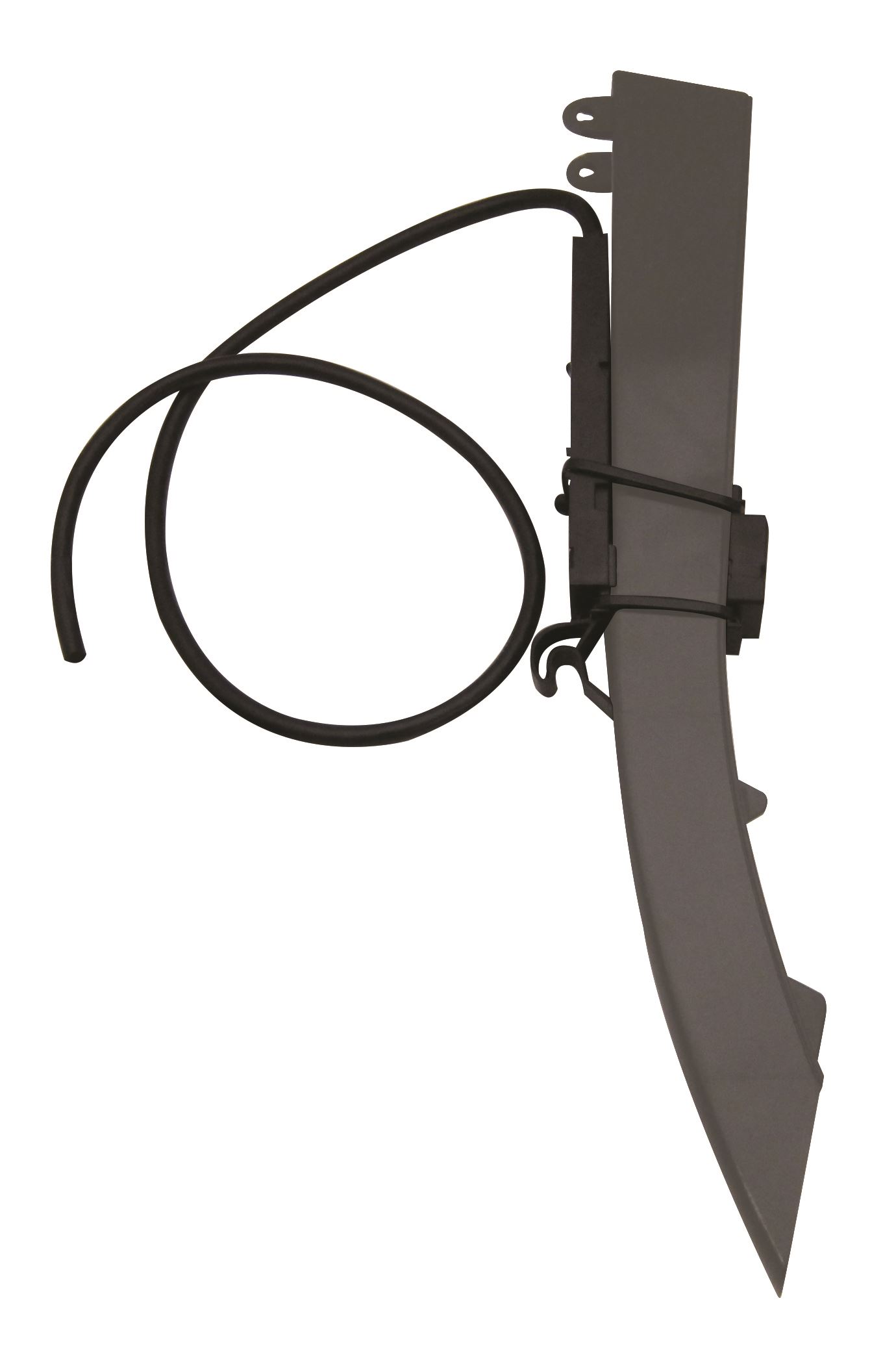Auburn, IL – DICKEY-john Corporation, the industry leader in precision electronics for agriculture, expanded its line of seed sensors to include the Hy Rate Plus™ LED Seed Sensor. From larger seeds such as corn to small seeds like canola, the Hy Rate Plus accurately counts seeding population during planting, providing confidence that row units are working properly and seeds are being placed for optimum yield potential.
Equipped with 2-3 times more light emitting diodes (LEDs) than any other population sensor on the market today, and by spacing these LEDs close together, the Hy Rate Plus Seed Sensor virtually eliminates dead zones in the seed tube. As the seeds pass through the light field in the sensing tube, a proprietary software algorithm quickly learns what seed type is being planted and adjusts its detection sensitivity accordingly. This provides for better seed counting accuracy across the widest range of seed sizes.
“The Hy Rate Plus Seed Sensor takes the guess work out of the true population of seed being planted in the field regardless of the size and shape of the seed,” states Pat Fuchs, DICKEY-john Product Manager. “The operator can now receive accurate data of the planter’s performance across multiple seed types grown on his farm.”
The Hy Rate Plus Seed Sensor also automatically adjusts detection sensitivity in dusty conditions, allowing the sensor to effectively distinguish seeds from dirt, dust and debris which results in better counting accuracy even on windy days. And critical per-row planter performance data, such percent singulation, percent multiples, percent skips, and spacing quality are sent to the cab monitor when the sensor is used with the IntelliAg® Working Set Member 2 (WSMB2) seed singulation module.

Source: DICKEY-john